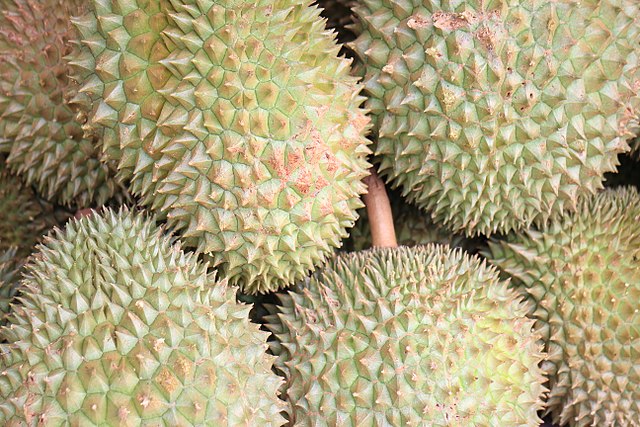Vietnam’s durian export momentum is past the point of no return after China increased export permits to 876 durian-growing areas.
This comes barely a month after Beijing also allowed its southeastern neighbor, the Philippines, similar durian export allowances.
Though Vietnam, Thailand and Malaysia have had existing permits, not all growing regions are permissible for exports. China sets strict requirements including the cultivation of the fruit under natural conditions in lowland humid regions with well-drained soil.
The bulk of the new areas that have recently joined the export eligibility list are in the southern region. This zone, which has been growing durian for over 30 years, boasts a warm, humid climate conducive to the tropical fruit.
By January 2024, Vietnam’s southern parts had increased durian acreage by 15,000 hectares, to a total of 62,173 hectares.
The orchards in the south-central and central regions also added 19,200 hectares over 2022’s, to 57,101 hectares.
Vietnam’s Durian vs. China’s Demand
In its part, China grew and harvested its first ever durian in Hanoi Province in January 2024. The Hanoi harvest from 467 hectares totaled 40 tonnes, a drop in the ocean against a 1 million-ton demand.
Demand in China has held at 400% since the COVID-19 period and the market value could reach $20 billion by 2025. This is almost 70% of world demand for durian during the same year, pegged at $28.6 billion.
For Vietnam, this strong desire for the pungent tropical fruit means everything. In fact, Vietnam’s durian export value soared by 629% from $288 million in 2022 to $2.1 billion in 2023. Of these sales, 99.4% went to China and the marginal remainder to other destinations.
This also helped push the total horticultural exports by Hanoi in 2023 to $5.6 billion, 66.7% above 2022’s.
Fruit exports outside durian include dragonfruit, citrus, mango and grapefruit, all of which contribute to Vietnam’s growing dominance in China.
Furthermore, record durian exports have helped Vietnam secure the second position among countries supplying China with fruits and vegetables.
Vietnam’s share of the fruit and vegetable market in China grew by 14% in 2023 and consequently overtook Chile’s erstwhile second placement.
Despite this, Chile still remains a strategic agricultural export partner of China. In January 2024, China opened a direct shipping route to the northern port of Tiajing to expedite cherry supplies from Chile.
For now however, Vietnam remains a commanding presence with 60% of all its horticultural exports earmarked for Beijing.
